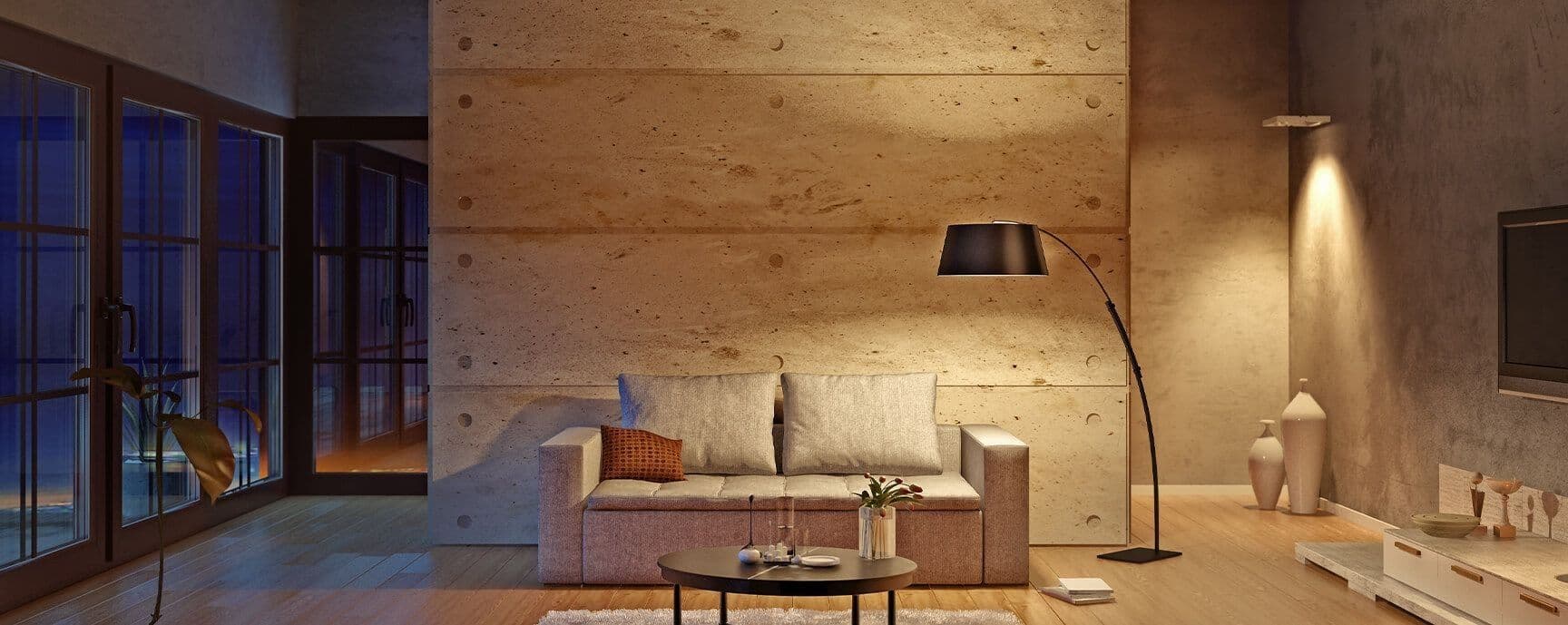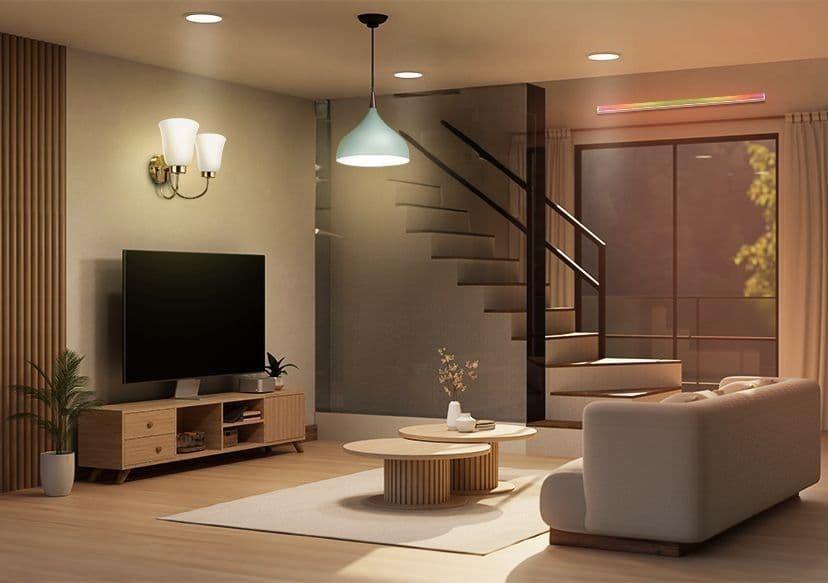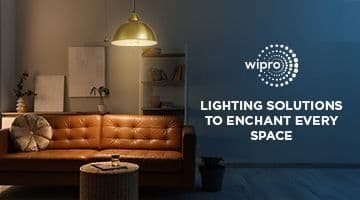


Discover Wipro's exquisite smart home lighting solutions






Answer a few questions & create a custom bundle with exclusive offers

Answer some questions on your taste, preferences & lifestyle
We’ll give you the perfect solution based on your requirements
You’re done! Upgrade your home to Wipro for the perfect ambience
;Resize=(56,56))
Get a comprehensive lighting solution with exclusive offers
;Resize=(56,56))
Our lighting designers & experts are sure to make your space perfect
;Resize=(56,56))
We are with you until you are 100% satisfied with your space

Wipro Smart Lights that vibe with you by being "Simplistic in a Smarter Way."
Kumar and Arpita
Up Next
View All
Next-generation lighting solutions for your home.
Raj and Priya

Illuminate your world with smart lighting technology.
Amit and Neha

Next-generation lighting solutions for your home.
Raj and Priya
Discover What Our Amazing Customers are Saying
Smart accessories for homes at Veterans Interiors, Bangalore
View Case StudySmart lighting solutions for a residence in Bangalore
View Case StudyGet Answers to All Your Queries


Room Dimensions
Product

Enter Details Above to View Calculator Results